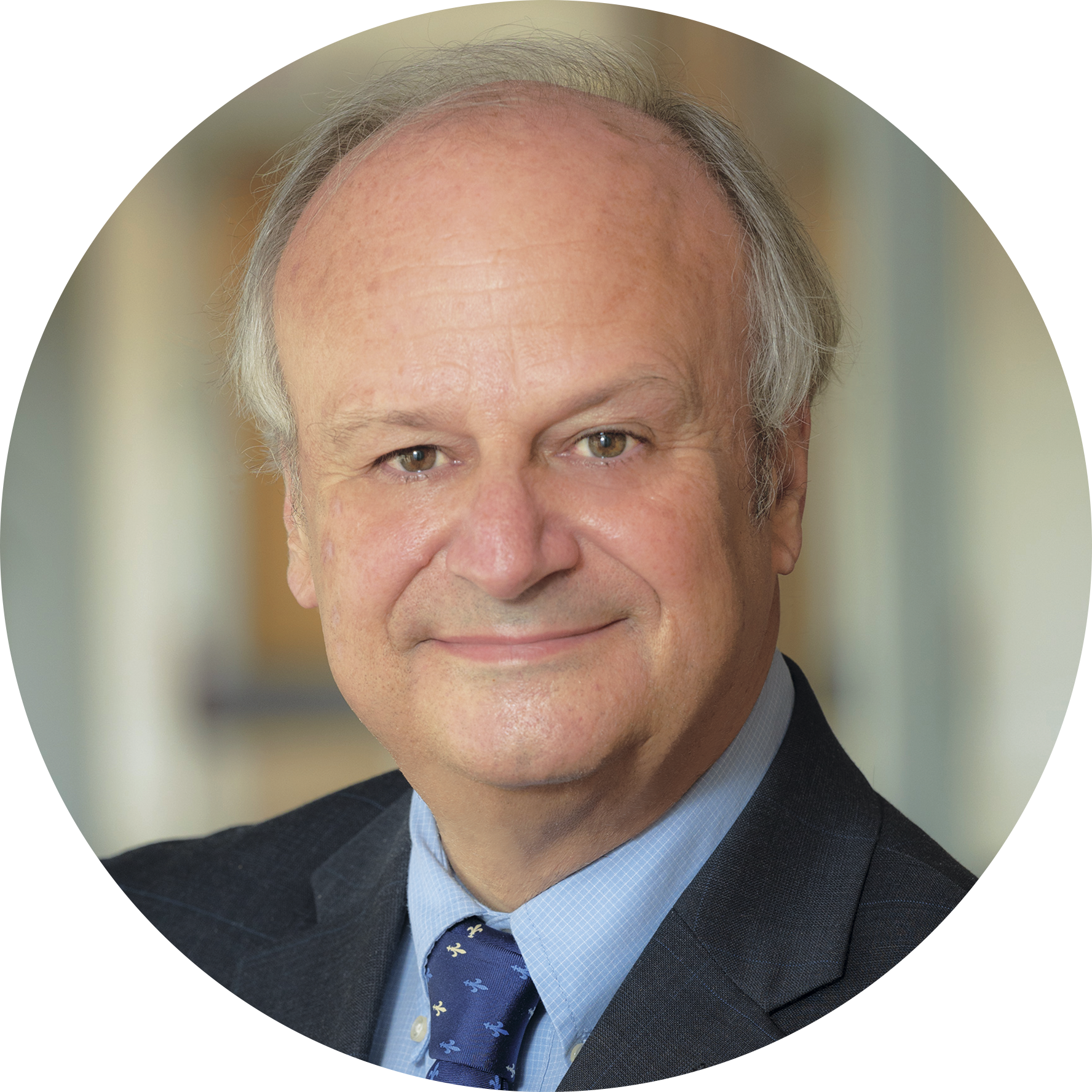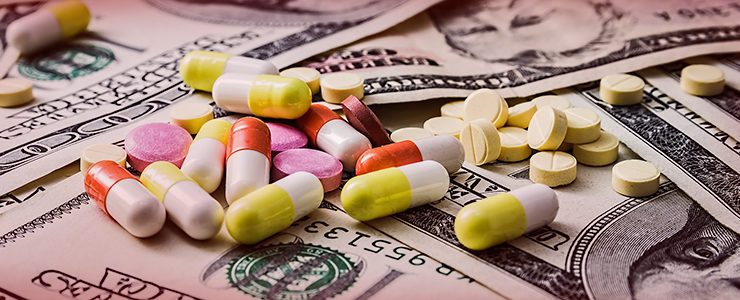The high cost of pharmaceuticals in the US is a multi-factorial problem affecting patient compliance and health outcomes. While a healthy rate of return is warranted for the risk of development and for further innovation, the drug costs have far exceeded that requirement for some time now. Our patients now spend far more than is justified for many drugs, straining the health care system. It is well known through a number of studies such as those in the New England Journal of Medicine in 2014 or JAMA that unaffordable medications lead to noncompliance by patients, resulting in higher readmission rates and poorer outcomes. We as physicians are then negatively rated on these readmission rates by some insurers!
Prior to 2000, prices were much better balanced and reasonable, and pharma made very good profits. In 2003, Congress passed Medicare Part D. In order to entice pharma, a clause was added that no negotiation of prices will be allowed. From that point on there has been an inexorable march of ever increasing prices, not only for new medications, but also older generic medications that have no ongoing studies to justify the higher costs. Many pharma companies have since raised prices yearly with no lever to force them to modify their outrageous behavior. While we often hear the headline grabbing 1,000% or more increases by generic companies, the biggest cost increases are by the largest pharmaceutical companies who have embarked on a deliberate strategy of increasing prices on all drugs they produce yearly or even two to three times a year, keeping the price increases at slow but inexorable steady rise to stay under the radar of public attention. These yearly, consistent increases compounded over the past 10 years cost society far more than the headlines from sudden generic price rises. Insulin is a prime example of this slow rise to the point where patients health are now in jeopardy due to un-affordability.
Research
These enormous prices are not being plowed back into research, but rather share prices and personal enrichment. I have obtained the annual reports of the big three pharmaceutical companies, such as Pfizer, Novartis, and Roche (the latest available is 2017), and what is remarkable is that they consistently report only 14.7–15% of profits going into research. Marketing takes 29%. This is highly objectionable. Although drug manufacturers often cite research and development costs when defending high prescription prices, the connection isn’t exactly accurate. Most of the time, the scientific research that leads to new drugs is funded by the National Institutes of Health via federal grants. If not, it’s often funded by venture capital. For example, sofosbuvir, a drug that treats hepatitis C, was acquired by Gilead after the original research occurred at NIH and in academic labs.
Generic companies understand full well that if they collude to raise prices, then action could be taken against them for illegal practices. They have figured a very simple way around these legal difficulties by simply merging or buying out the competition; thus, we now have huge generic drug companies that dominate, each a monopoly unto themselves. It’s no small wonder that when they control the market via large mergers, prices then skyrocket. And then there is no risk of legal action, as there is no longer collusion if you are a monopoly. Monopolies deserve regulation. The rest of the world regulates prices, and the US should, too, whenever there is a de facto monopoly situation. If pharma understood that cornering the market will gain them little, then the push to merge will naturally slow down, as merging will invite regulation, and thus make that proposition less attractive. We need to speed the approval of other generic companies to allow competition, which would also reduce merger appeal.
Drug Shortages
With the huge mergers of the past 15 years, there was a marked reduction of production facilities. Any one company will produce the entire year of drug “X” over a two-week period when scheduled in a very restricted production schedule. If there is a problem of raw supply, manufacturing problems, etc., then supply is pinched. This is a leading cause of the repetitive shortage of important drugs we now face monthly. I am on my hospital pharma board, and we are limited on average by 30–60 critical medications monthly due to such shortages. For example, the widespread critical shortage of IV solution in winter 2018 is a direct result of the fact that only three manufacturers of IV solutions are left after many mergers and acquisitions. One of these companies’ major plants is in Puerto Rico, and, since the hurricane devastation, cannot supply an adequate amount of IV solution in the remaining plants elsewhere. And of course, prices continue to rise with every supply shortage.
For more information, see articles below:
- NEJM Catalyst article on high Drug prices:
2. The High Cost of Prescription Drugs in the United States, Origins and Prospects for Reform
JAMA. 2016;316(8):858-871. doi:10.1001/jama.2016.11237 download article: jsc160015
3. Example of bad behavior, unconscionable jump in price of lifesaving medication:
4. PBM (pharmacy benefit managers bad behavior):
https://www.linkedin.com/pulse/how-do-we-hold-pbm-accountable-who-selects-poorer-drug-dave-chase/
5. Negotiating medicare part D among the most important law to change:

